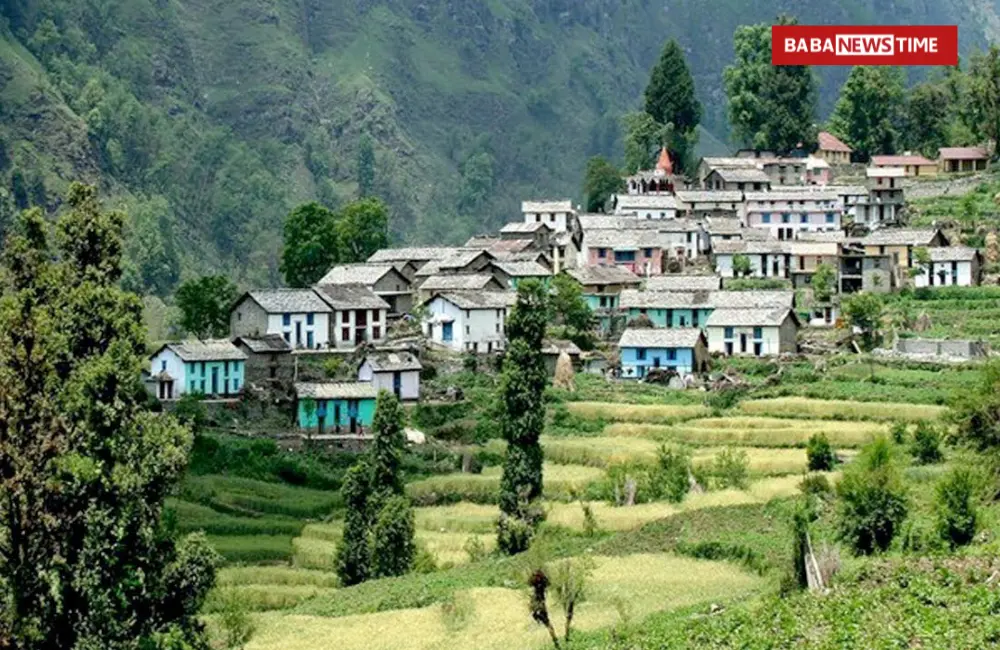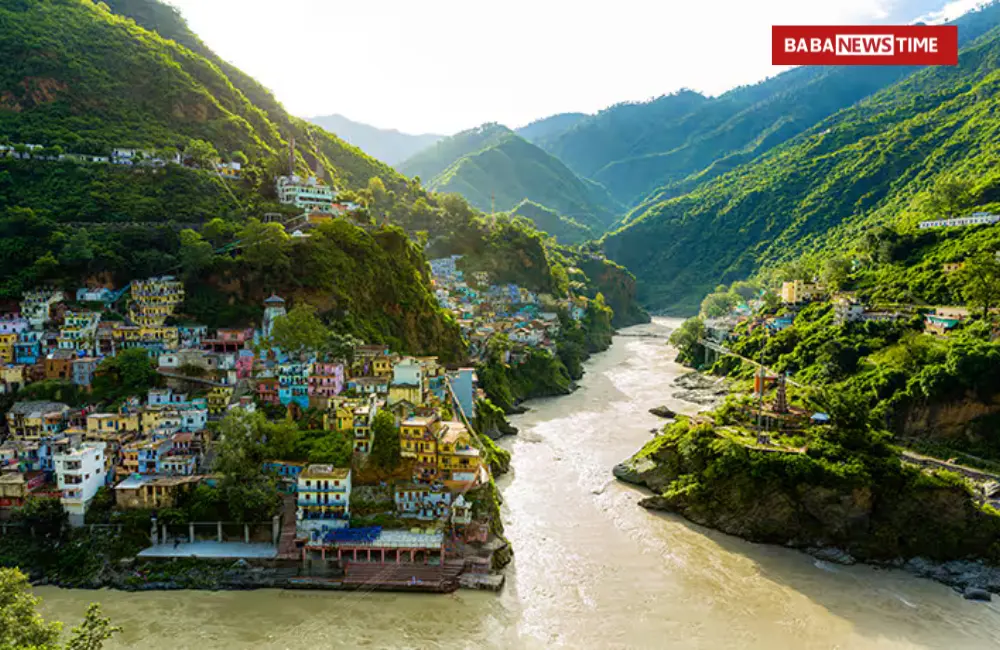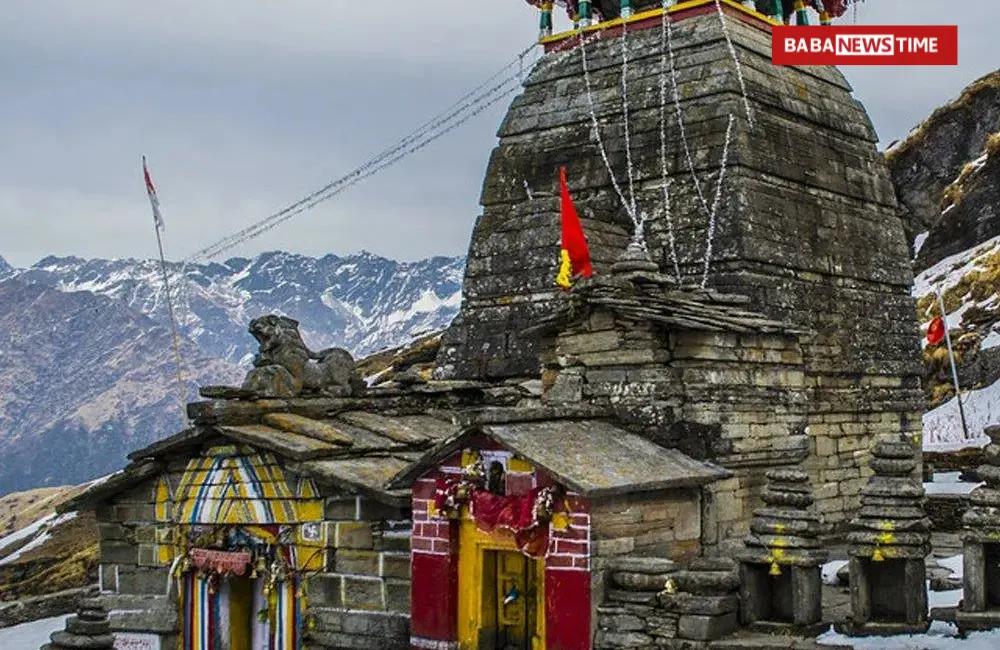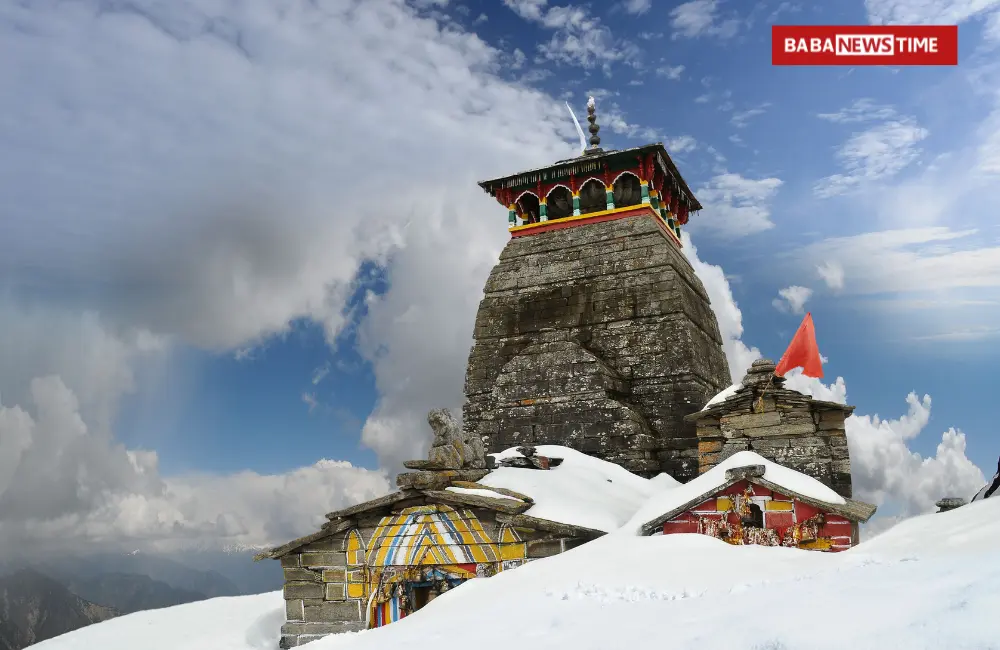Uttarakhand: The Land of Gods and Natural Splendor
Introduction
Nestled in the Himalayan foothills, Uttarakhand is a state that embodies serenity, spirituality, and adventure. Known as “Devbhoomi” (Land of the Gods), this northern Indian state is revered for its majestic mountains, sacred temples, pristine rivers, and vibrant biodiversity. Formed in 2000 after being carved out of Uttar Pradesh, Uttarakhand has since evolved into a hub of tourism, pilgrimage, and eco-friendly development, making it one of India’s most unique and captivating states.

Uttarakhand shares its borders with Himachal Pradesh to the west, Uttar Pradesh to the south, and Nepal to the east. It also has an international border with China (Tibet) to the north, which adds to its strategic significance. The state is divided into two main regions—Garhwal and Kumaon—each with its own distinct traditions, dialects, and historical significance. The capital of Uttarakhand is Dehradun, a city known for its prestigious educational institutions and scenic beauty.
Beyond its natural beauty, Uttarakhand is a spiritual haven, home to some of the most sacred Hindu pilgrimage sites, including Haridwar, Rishikesh, Badrinath, Kedarnath, and Gangotri. Every year, millions of devotees and tourists flock to these places, seeking peace, adventure, and divine blessings. However, Uttarakhand is not just about spirituality—it is also a land of thriving biodiversity, adventure sports, and a growing economy that balances tradition with modernity.
This introduction will explore Uttarakhand’s history, cultural heritage, geography, economy, tourism, and challenges, offering a comprehensive understanding of why it remains one of India’s most treasured states.

Historical and Mythological Significance
Uttarakhand has a deep-rooted historical and mythological significance. The region finds mention in ancient Hindu scriptures like the Vedas, Puranas, and epics such as the Ramayana and Mahabharata. It is believed that Lord Shiva himself resides in Kailash, while the Pandavas from the Mahabharata journeyed through the Himalayas in search of salvation.
The Char Dham Yatra, which includes Badrinath, Kedarnath, Gangotri, and Yamunotri, is one of the most sacred pilgrimages in Hinduism. Thousands of years ago, saints and sages meditated in the caves of Uttarakhand, believing it to be the ultimate destination for spiritual enlightenment.
During medieval times, Uttarakhand was ruled by several dynasties, including the Katyuri, Panwar (Garhwal), and Chand (Kumaon) dynasties. These rulers built forts, temples, and water reservoirs, many of which still stand today as historical landmarks. The region remained relatively independent until it was annexed by the British in 1815, following the Anglo-Nepalese War. The British admired Uttarakhand’s climate and developed hill stations like Mussoorie and Nainital, which continue to be major tourist attractions today.
Cultural Heritage and Traditions
Uttarakhand is a melting pot of cultures, with a unique blend of Garhwali and Kumaoni traditions. The state’s culture is deeply influenced by its folk music, dance, and festivals, which celebrate nature, mythology, and local deities.
-
Folk Music and Dance: Traditional songs, often sung during weddings, harvest seasons, and religious festivals, form an integral part of Uttarakhand’s cultural identity. Jhora, Chholiya, and Langvir Nritya are popular folk dance forms that reflect the vibrancy of Kumaoni and Garhwali heritage.
-
Festivals: Uttarakhand celebrates both Hindu and regional festivals with great enthusiasm. Apart from Diwali, Holi, and Makar Sankranti, unique festivals like Bagwal (stone-pelting festival of Pithoragarh), Harela (harvest festival), and Bikhauti are deeply rooted in the state’s traditions.
-
Cuisine: The food of Uttarakhand is simple yet nutritious, with dishes like Aloo Ke Gutke, Kafuli, Bhang Ki Chutney, and Bal Mithai being local favorites. These dishes reflect the region’s dependence on locally grown grains, pulses, and dairy products.

Uttarakhand
Geographical and Ecological Marvels
Uttarakhand is often called the “Switzerland of India” due to its breathtaking landscapes, snow-capped peaks, and dense forests. It is home to some of India’s highest mountains, including Nanda Devi (7,816 meters), Trishul, and Panchachuli. The Ganga and Yamuna rivers, considered sacred in Hinduism, originate from the glaciers of Uttarakhand.
The state is also a biodiversity hotspot, housing Jim Corbett National Park (India’s oldest national park), Valley of Flowers National Park (a UNESCO World Heritage Site), and Nanda Devi Biosphere Reserve. These areas are home to endangered species like the Bengal tiger, snow leopard, musk deer, and Himalayan monal (state bird).
However, despite its natural beauty, Uttarakhand faces ecological challenges such as deforestation, landslides, and climate change, which threaten its fragile ecosystem. Conservation efforts are being undertaken to protect the region’s unique flora and fauna.
Tourism: A Paradise for Travelers
Uttarakhand is one of India’s top tourist destinations, offering something for every type of traveler—whether it’s pilgrimage, adventure, or relaxation.
-
Religious Tourism: Places like Haridwar and Rishikesh attract millions of pilgrims every year. The Ganga Aarti at Har Ki Pauri in Haridwar is a mesmerizing experience. Rishikesh, often called the “Yoga Capital of the World,” draws spiritual seekers from across the globe.
-
Hill Stations: Popular hill towns like Mussoorie, Nainital, Ranikhet, and Almora offer cool climates, colonial charm, and breathtaking views.
-
Adventure Tourism: Uttarakhand is a haven for adventure enthusiasts, with activities like trekking (Valley of Flowers, Kedarkantha, Roopkund), river rafting (Rishikesh), skiing (Auli), and wildlife safaris (Corbett National Park).
-
Eco-Tourism: With an emphasis on sustainable travel, Uttarakhand promotes village tourism, organic farming experiences, and nature retreats in places like Munsiyari and Chopta.
-
Economic Growth and Development
While tourism and agriculture remain the backbone of Uttarakhand’s economy, the state is also emerging as a hub for hydropower, pharmaceuticals, and education. The hydroelectric power projects on the Ganga and its tributaries contribute significantly to India’s energy sector.
Dehradun, the capital, has become a center for education and research, housing premier institutions like The Indian Military Academy (IMA), Forest Research Institute (FRI), and Doon School. Additionally, cities like Haridwar and Rudrapur are witnessing industrial growth in the automobile, IT, and manufacturing sectors.
Challenges and the Road Ahead
Despite its natural beauty and economic potential, Uttarakhand faces challenges like rapid urbanization, deforestation, and disaster management issues. Frequent landslides, earthquakes, and flash floods—such as the 2013 Kedarnath disaster—highlight the need for improved infrastructure and disaster preparedness.
The government is focusing on sustainable tourism, infrastructure development, and environmental conservation to ensure balanced growth. Initiatives like organic farming, renewable energy projects, and digital connectivity are helping Uttarakhand move towards a self-sufficient and eco-friendly future.




One thought on “Uttarakhand: The Land of Gods and Natural Splendor”